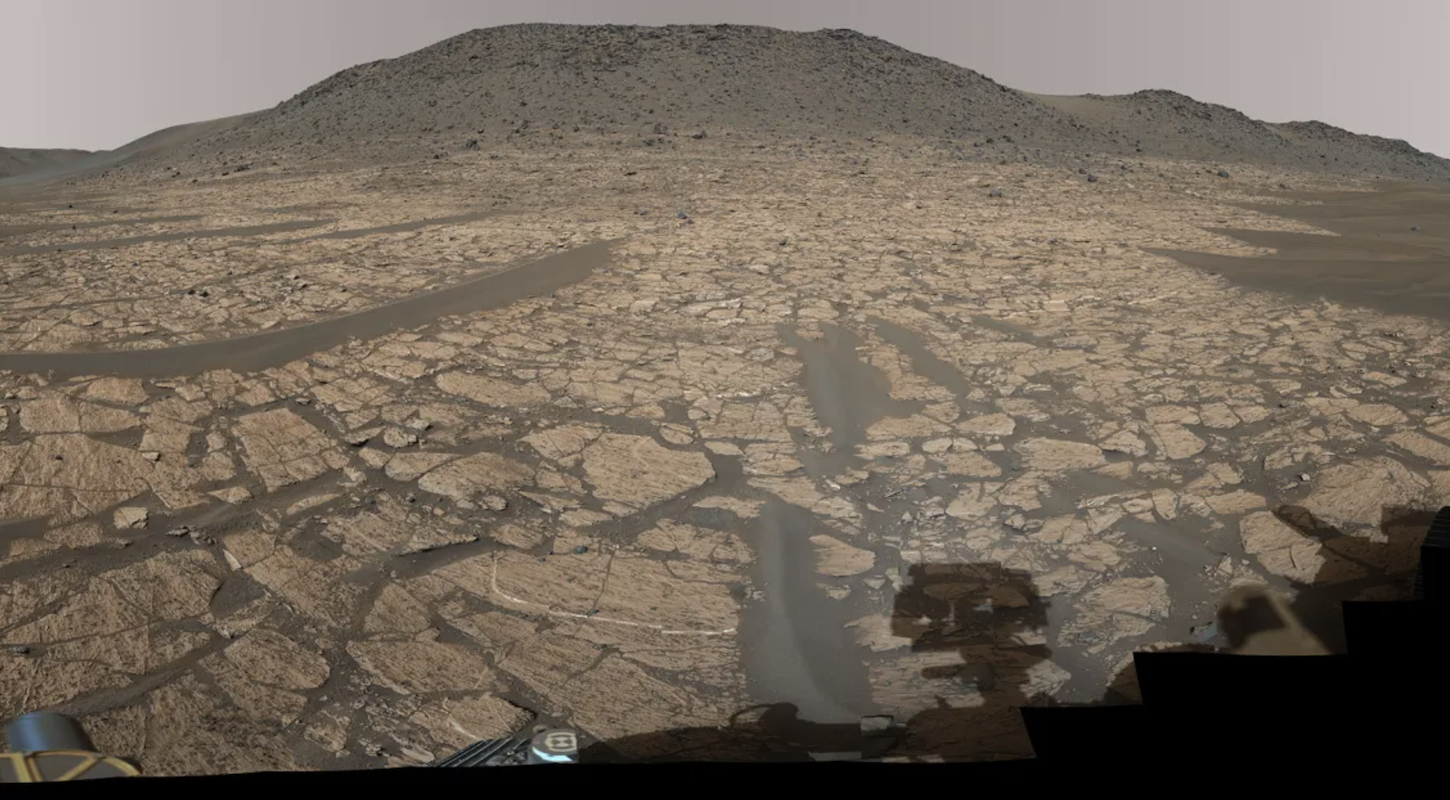By Albert Burneko
9:00 AM EDT on September 11, 2024
Mars does not have a magnetosphere. Any discussion of humans ever settling the red planet can stop right there, but of course it never does. Do you have a low-cost plan for, uh, creating a gigantic active dynamo at Mars’s dead core? No? Well. It’s fine. I’m sure you have some other workable, sustainable plan for shielding live Mars inhabitants from deadly solar and cosmic radiation, forever. No? Huh. Well then let’s discuss something else equally realistic, like your plan to build a condo complex in Middle Earth.
…



Well, that’s a lot saner than nuking the poles.
Doesn’t seem like we’re near technical feasibility, though - how would you power such a massive magnet in space?
as masterspace noted NASA has actually given it some thought.
source: https://phys.org/news/2017-03-nasa-magnetic-shield-mars-atmosphere.amp
It also doesn’t completely protect the entire planet just two critical points on the surface.
The linked article says the artificial magnetosphere would encompass the entire planet and points out this includes two critical places where the most atmosphere is lost.
So yes by virtue of it encompassing the whole planet it does cover those two places… I suppose they wanted to specifically mention them
oh thank you for the correction I misread that bit it would seem
Indeed, “in the future” seems to be doing quite a lot of heavy lifting. As noted, 1-2 Tesla is a pretty powerful magnet - so you’d need a pretty big and powerful magnet.
That is certainly an important catch.
Just because people talk about something at one conference that doesn’t make it real, feasible, happening, etc. It’s literally just people talking. It doesn’t matter where they work.
that’s what “some thought” means my guy
You’re talking about the people who lowered a car from a rocket crane onto the surface of another planet, you can be thoughtfully critical, but their technical record has earned them a lot more than surface level dismissal.
Solar panels would be my guess, though you can always build a space based nuclear reactor if you can refuel it and get rid of its waste.
It would certainly need a lot more to figure out an actual feasible plan, but I don’t think there’s anything fundamentally impossible about doing it with today’s technology, let alone the future’s.
Mars gets roughly half the light of Earth, so I don’t think Solar panels would be realistic (how much solar panel surface would you need to power a magnet of that size?)
I’m also not sure a nuclear reactor is realistic - forget the nuclear waste, how do you get rid of the heat waste?
You’d need quite a big magnet operating at a level akin to superconducting magnets in particle accelerators.
Perhaps someone could calculate more accurate numbers and feasibility, but to me, it currently sounds very out of reach for us (not impossible, mind you).
deleted by creator
I… don’t think that’s true? The L1 point is fairly close (in solar system scale) to the planet.
This is false. https://www.wolframalpha.com/input?i=Lagrangian+points+of+mars L1 is 137Million Miles from the sun. Though it is only 650,000 miles from Mars, which is probably where you are getting your 2.2million KM from.
Why oh why did you change from miles to km? :(
Superior SI unit.
I’m not hating on km… I’m hating on listing one distance in miles then the next one in km. I don’t care which system they used, I care that the two numbers we are supposed to compare are in different units. :(
Ahhhhh.
Yes I see. That does make sense.
NASA’s idea was an inflatable dipole, i linked the article about it up higher